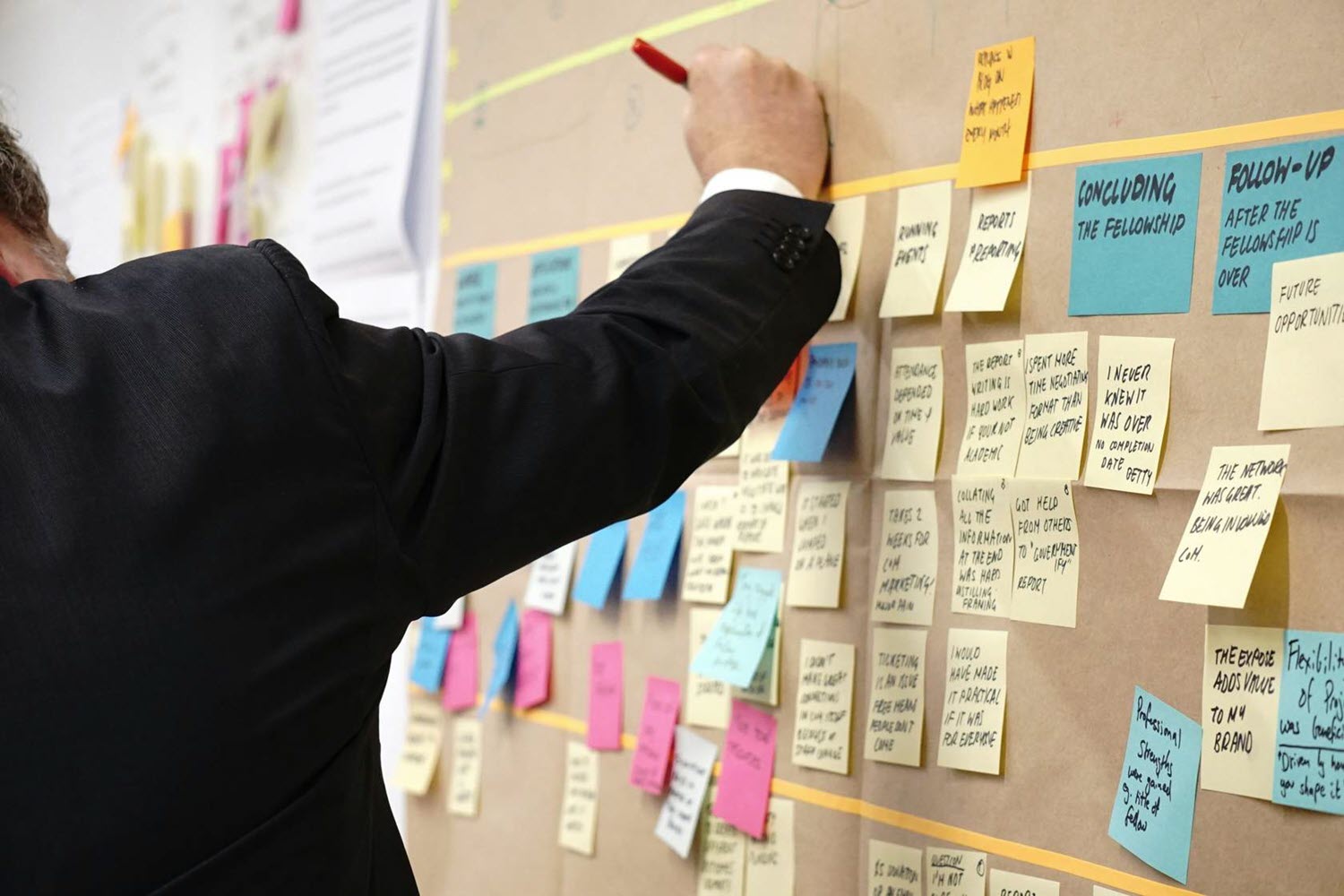Objectives
- Identify the project requirements.
- Define the project objective.
- Determine the project priorities.
- Identify the project tasks.
- Estimate the time required to complete the project.
- Identify staffing requirements and resources.
- Assign staff to project tasks.
- Chart a project schedule.
- Select outside vendors for appropriate tasks.
- Supervise development of the project.
- Write project status reports.
- Organize effective meetings.
- Resolve differences between project team members.
- Validate a course.
- Document lessons learned.
What You Will Learn
Concept
- How to determine your client’s top priority for the project—quality, time, or cost.
- How to help your client select the best training strategy based on constraints.
- How to use the Project Identification Worksheet to outline the scope of the project.
- A critical tool for defining and clarifying the key aspects of the project.
- How to write a project objective that aligns with the organization’s objectives.
- How to assess project risks.
- How to define and document organizational support for the transfer of training.
- How to conduct a stakeholder analysis to gain support from key project stakeholders.
- How to manage priorities among other projects and tasks.
- A simple method to organize project documentation.
Planning
- How to create a work breakdown structure that optimizes time and resources.
- Proven guidelines for estimating the duration of a project.
- How to identify and assign staff to a project.
- How to identify and address project constraints.
- How to determine a project schedule based on constraints.
- A handy tool to prioritize critical tasks.
- 6 guidelines for charting the schedule.
- Tips for balancing the workload of your team.
- How to communicate effectively with SMEs (Subject-Matter Experts).
- When to select outside vendors.
- How to assess, evaluate, and compare vendor proposals.
- How to analyze and manage potential project risks.
Execution
- Simple, yet effective, ways to keep your project flowing smoothly.
- How to gather information on project status.
- The key questions you can ask to assess the status of a project.
- A results-oriented method of presenting project status reports to stakeholders.
- When (and when not) to organize meetings.
- A 10-step action plan for brief, yet informative, project team meetings.
- How to use team-building to ensure group cohesiveness.
- A 5-step conflict resolution process.
Close-Out
- A thorough course editing checklist to verify the deliverable.
- Simple techniques to validate a course.
- How to effectively hand over the deliverable.
- How to identify and document what went right.
- How to analyze the areas that need improvement.
Bonus
- Upon purchase of this course, you will receive your personal MyLangevin account that will give you access to the e-learning module as well as other useful tools and resources for trainers.
- Free 1-year feedback service.
- Stay connected with your peers by joining Langevin Learning Services’ Alumni group on LinkedIn®.

